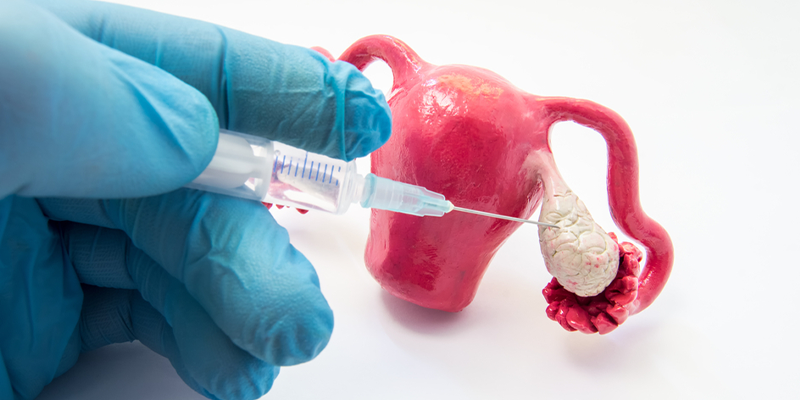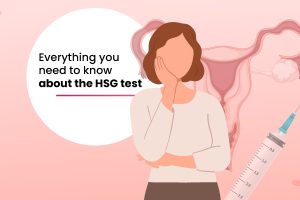Did you know about Ovarian Stimulation for IVF/IUI?

Author: Dr.Hema Vaithianathan ,Senior Consultant & Fertility Specialist
Infertility is a condition that affects 1 in every 6 individuals worldwide.
Infertility takes a profound toll on the mental and physical well-being of both men and women.
Assisted reproductive technologies (ART), the set of efficiently planned complex procedures, are a breath of relief for the couples struggling with fertility issues.
With technological advancements and evidence-based research, these procedures have been modified and simplified to make it easier for the couples in terms of time spent on treatment and to easily plan and manage the treatment. These advancements made the current assisted reproductive treatment ‘patient friendly’ and much successful.
In procedures like IVF and IUI, the procedure’s success lies in the extraction of high-quality gametes.
During the early days, assisted reproductive procedures were performed in a natural menstrual cycle setting. The eggs were extracted during the natural ovulation phase. Later with the advent of newer drugs for ovarian stimulation, the improved step of ovarian stimulation was integrated into ART practice.
Ovarian Stimulation:
The ovaries are stimulated, to produce multiple mature eggs at a time with the use of certain drugs (hormonal derivatives).
This procedure provides a scope to obtain sufficient and several good-quality embryos for uterine transfer to maximize the chances of pregnancy.
In addition, it also helps those who have low ovarian reserve and those who want to preserve their fertility.
How does this work?
The ovaries are induced with the hormonal injections of Follicle Stimulating Hormone (FSH) and Luteinizing Hormone (LH) for 8-14 days to produce many eggs for egg retrieval. Although these hormones are produced naturally in the body, the injections help to maintain a high level of these hormones, which allows multiple eggs to mature in the ovary.
The time taken for stimulation depends on the maturation time of the follicles.
Sometimes hormonal medications are prescribed before the start of ovarian stimulation to prime and prepare the ovarian follicles.
What to expect once the treatment starts?
-
- Hormonal medications will be administered daily
- Regular blood works are done to monitor the hormone levels in the body
- Ultrasound scans are done to assess the growth of the follicles in the ovaries
- Medications and hormonal injections might bring on some effects like mood swings
- The cycle might be cancelled if the ovaries do not respond as expected
Side effects that may arise:
-
- Breast tenderness
- Swelling or rash in the injection site
- Multiple fertilized embryos in case of natural conception
- Ovarian hyperstimulation syndrome
- Mood swings and irritability
Ovarian Hyperstimulation Syndrome (OHSS)
As the name suggests, this complication arises when the ovaries are overstimulated due to excess hormones causing swelling in the ovaries and leaking fluid into the body.
It is more common in women who have PCOS undergoing IVF.
Treatment is based on the severity and the symptoms of the condition.
Women with an increased risk of OHSS can opt for CAPA – IVM.
CAPA – IVM, a drug free IVF treatment
This is an advanced version of In Vitro Maturation (IVM) and has better results than traditional In Vitro Fertilization (IVF) excluding the number of injections and excruciating side effects.
This low cost and less intensive process is recommended for women with PCOS, patients with higher risk of ovarian hyper stimulation syndrome (OHSS).
No or minimal ovarian stimulation is required for this procedure.
Remember these if you are considering ovarian stimulation:
-
- Always keep track of your medications, tests, and scans
- Seek immediate medical attention, in case of any concerning symptoms
- The process sometimes can be overbearing and stressful. Be kind and gentle with yourself.










